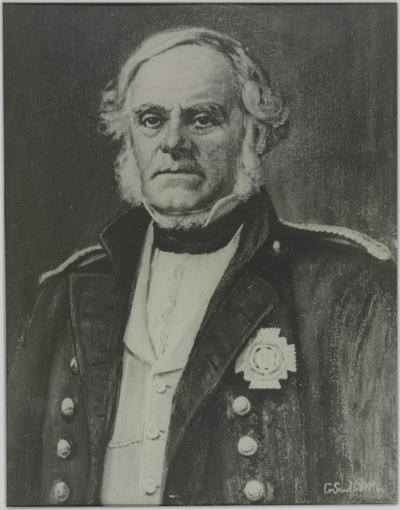
Welcome to the Guyanese Canadian Cultural Association of BC!
The Guyanese Canadian Cultural Association of B.C. has been in existence since 1989. There are about 3,000 Guyanese in British Columbia, Canada. However, we could only properly account for about 500 or so, as most Guyanese are assimilated into Canadian society at large. Here are some examples of our members, who live and contribute significantly in British Columbia:
Guyanese-born engineer, Trev Sue-A-Quan lived in China, his wife and son are born Chinese and he spends quite a bit of his time within the Chinese community. Trev has written a couple of books on the Chinese migration to British Guiana and Cuba: Cane Reapers and Cane Ripples.
Gerry DeCarmo, one of the stalwarts of our organization, who made his mark in real estate; left his fortunes to quite a few charitable organizations in Canada.
Roy Taylor, past President of the association, as an employee of Acrow sold over 100 Bailey Panel Bridges in British Columbia. In fact, there is one across the Demerara River in Guyana.
Dr John Farley, past and first President of the association, has achieved worldwide prominence as a specialist in HIV/AIDS issues. Honoured by the Canadian Liver Foundation and Guyana Awards [Canada], for his contribution to the community.
Dr. Bert Allsopp, past executive member of the Association, is a notable marine biologist who has established the international fisheries aid program at Canada’s International Development Research Centre, UBC, providing notable projects in 37 countries.
Aubrey Bacchus, the longest serving Guyanese-born, person of colour of the Royal Canadian Mounted Police (RCMP) in British Columbia. Recently retired after 20 years’ service.
Joe Schuler, retired Air Canada Captain, Wide-bodied Jets, after 35 years of service.
Significant Accomplishments:
The significant accomplishments of the association are our contributions to the various charitable organizations in British Columbia; our contributions to flood relief in Guyana; as well as sending container loads of equipment through the charitable auspices of CN Rail from B.C. to Toronto, then by Laparkan [a Guyanese-owned Shipping company] to Guyana.
Our most significant connection is with a Son of British Guiana and the Father of British Columbia, Sir James Douglas. We have been working to give prominence to his West Indian connections – his mother was from Barbados, his father was from Scotland. He was born in 1803 in Demerara, British Guiana [Guyana], South America; and the work he performed in the service of British Columbia and Canada.
His descendants participate in the Annual Douglas Day Celebrations at the birthplace of British Columbia, Historic Site Fort Langley. The 4th Annual Celebration was celebrated on Saturday, 21 November, 2009 @ 11:00 hours.
There is a duplicate of the statue of Sir James Douglas at the Historic Site, Fort Langley, which was made from the same mould, at his birthplace in Mahaica, East Coast Demerara, British Guiana (now Guyana).
In 2008, our Association assisted with the issue of Special Postage Stamps in Canada and Guyana commemorating the 150th Anniversary of the proclamation of British Columbia and the first Governor, James Douglas. The Guyana issues were released during Carifesta-X in August 2008.
Our goal is to expand the similarities between the histories of Guyana and British Columbia to include twinning of schools, enterprises, etc., for their mutual benefit
Contact information:
Walter Petrie, President – P.O.. Box 2869 Vancouver, B.C. V6B 3X4.
 https://dx.doi.org/10.14288/1.0214791
https://dx.doi.org/10.14288/1.0214791
Sir James Douglas, Guyanese born, first Governor of British Columbia, Canada
Sir James Douglas, fur trader, governor of Vancouver Island 1851-64, of BC 1858-64. Born August 15, 1803 in Demerara, British Guiana; died August 2, 1877, Victoria, B.C.
Following the 1821 merger of the NWC with the Hudson Bay Company (HBC), he joined the reorganized HBC and came out to New Caledonia to Fort St. James in 1825. Douglas was transferred to Fort Vancouver in 1830. He was a chief factor by 1839 and, in 1842; he chose the site for Fort Victoria at the southern tip of Vancouver Island.
In 1851 he became governor of the colony of Vancouver Island and then, when the separate mainland colony of British Columbia was created in 1858, he became its governor as well, resigning his position with the HBC.